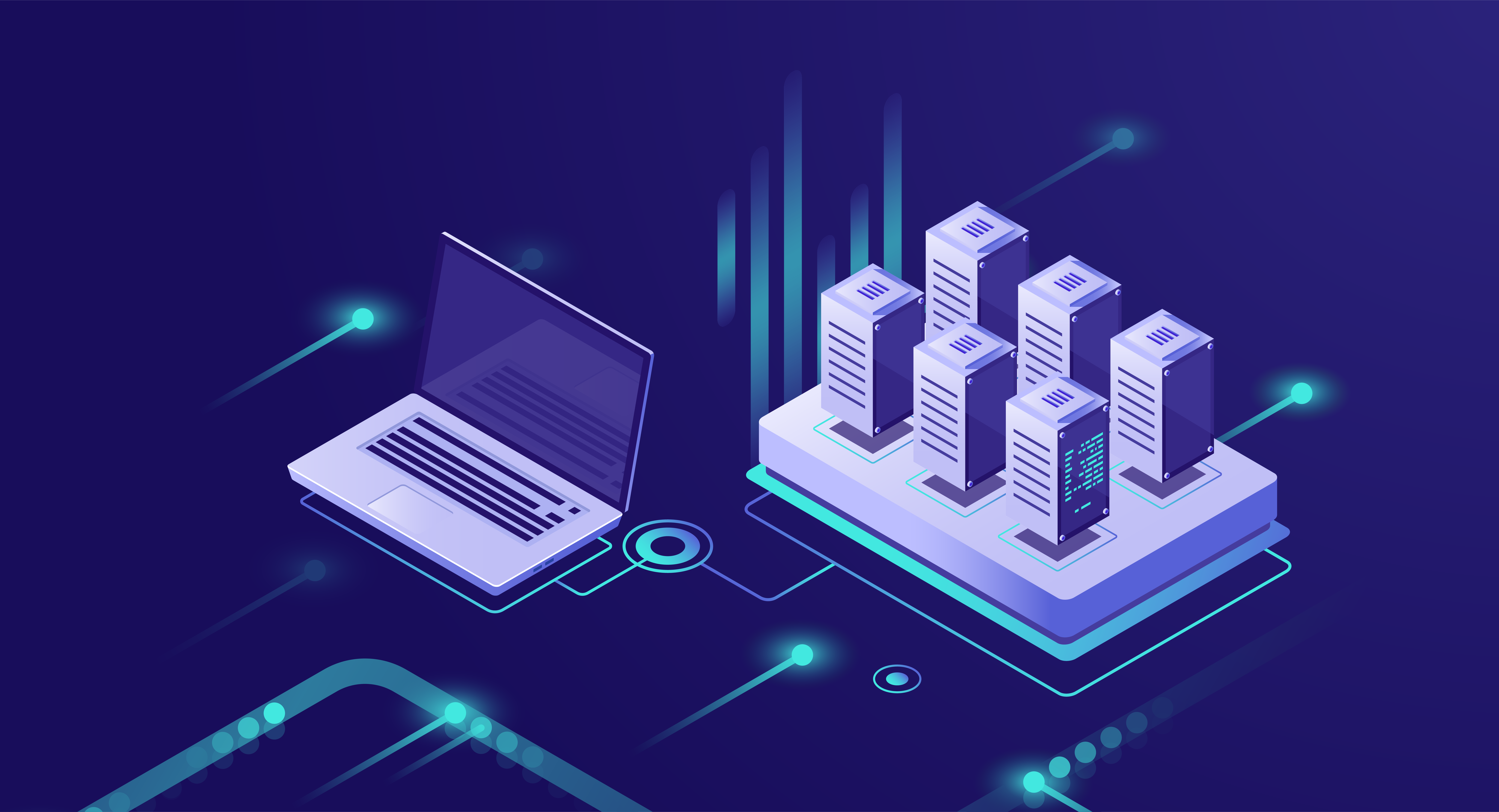Introduction
Edge computing is becoming a vital technology for modern businesses, offering faster data processing and improved operational efficiency. As the demand for real-time insights grows, it provides a strategic advantage, especially in industries relying on quick decision-making and connected devices. This blog explores the fundamentals of edge computing, its benefits for businesses, and its future potential.
Understanding Edge Computing
Edge computing refers to processing data closer to its source rather than relying solely on centralized cloud servers. By moving computation and storage closer to where data is generated, businesses can reduce latency and ensure faster, more efficient operations.
Why Edge Computing is Gaining Traction in the Business World
The increasing adoption of Internet of Things (IoT) devices, remote work solutions, and real-time analytics has pushed businesses to explore edge computing as a way to improve responsiveness and streamline operations.
1. Definition and Fundamentals of Edge Computing
Edge computing brings data processing closer to the devices and locations that generate it, allowing for faster responses and localized data handling. This contrasts with traditional cloud computing, which often relies on distant servers for processing.
While cloud computing centralizes data and processes it remotely, edge computing decentralizes data processing by bringing it to the “edge” of the network. This reduces the time it takes to process data, resulting in quicker responses and improved performance in real-time applications.
2. Benefits of Edge Computing for Businesses
One of the biggest advantages of it is its ability tot reduce latency. By processing data closer to the source, businesses can cut down the time needed to access and analyze information, leading to faster decision-making.
It enables businesses to react quickly to data as it’s generated, making real-time decisions that are essential in industries such as manufacturing, healthcare, and finance.
3. Enhancing IoT Applications with Edge Computing
The integration of edge computing with IoT devices is transforming industries by enabling faster data processing, reduced bandwidth usage, and more responsive operations. For IoT devices that rely on real-time analytics, it reduces delays and enhances performance.
Industries like agriculture, logistics, and retail are utilizing it to improve the efficiency of IoT applications. From smart farming to predictive maintenance in manufacturing, it enables real-time monitoring and adjustments.
4. Edge Computing in Data Security
Processing data locally at the edge offers enhanced security, as sensitive information can be handled closer to its source without transferring it over long distances. This reduces the risks of data breaches and cyberattacks.
By keeping data processing within local networks, businesses can minimize the vulnerabilities that come with transmitting sensitive information to cloud servers, thereby strengthening their overall data security strategy.
5. Impact on Operational Efficiency
It enhances operational efficiency by reducing the amount of data that needs to be sent to centralized servers. Businesses can analyze and act on data quickly, improving workflows and reducing the load on their core infrastructure.
Many companies have successfully implemented it to optimize operations. For instance, manufacturing plants use edge technology for real-time monitoring and predictive maintenance, leading to reduced downtime and cost savings.
6. Supporting Remote and Distributed Work
Edge computing plays a crucial role in supporting remote and distributed teams. By decentralizing data processing, employees can access the resources they need quickly and reliably, no matter where they are located.
With the rise of distributed teams, businesses rely on it to ensure seamless communication, access to critical data, and enhanced collaboration between remote workers.
Check out an article on How to Vet and Hire the Best Dedicated Remote Team for Your Business.
7. Integrating Edge Computing with AI and Machine Learning
It accelerates AI and machine learning (ML) by enabling real-time data processing and analysis at the edge of the network. This allows for more efficient AI algorithms and smarter decision-making processes.
AI and ML algorithms can leverage it to process large volumes of data in real-time, providing actionable insights to businesses without the delay of sending data to the cloud for analysis.
8. Challenges and Considerations
Despite its benefits, edge computing also presents challenges, such as managing distributed infrastructure and ensuring consistent data synchronization. Businesses need to invest in proper maintenance and management tools to overcome these hurdles.
When implementing edge solutions, businesses should consider factors such as the type of data being processed, network reliability, and security requirements. Understanding the specific needs of the business is essential for a successful transition.
9. Future Trends and Innovations in Edge Computing
Innovations like 5G, AI advancements, and blockchain are poised to further enhance edge computing’s capabilities. These technologies will allow for even faster data processing, improved connectivity, and more secure operations.
As more businesses adopt it, the technology will continue to evolve, with greater integration into AI, IoT, and automation systems. It will play a central role in the future of business, from smart cities to autonomous vehicles.
10. Getting Started with Edge Computing
Begin by assessing your current infrastructure, identifying processes that can benefit from edge computing, and selecting the right tools to manage distributed data processing. A clear strategy and understanding of your business needs are critical for a smooth implementation.
Leveraging industry resources, hiring edge computing experts, and staying informed about emerging trends will help ensure a successful transition. Businesses should prioritize regular training and updates to remain competitive.
Conclusion
Adopting it provides businesses with a competitive advantage by enabling faster data processing, improved security, and enhanced operational efficiency. The technology is especially beneficial in industries requiring real-time insights and quick decision-making.
Key Takeaways for Business Leaders
- It reduces latency and enhances data processing speeds.
- It supports IoT applications and strengthens data security.
- The technology enhances AI, ML, and remote work solutions.
Is your business ready to harness the full potential of edge computing but unsure where to start? Our team of experts is here to guide you through every step of the process, from strategy to implementation. Let us help you transform your operations with cutting-edge technology. Contact us today to discuss your specific business challenges and learn how our tailored computing solutions can enhance your efficiency, security, and real-time decision-making. We’re here to help you stay ahead in the evolving digital landscape.



